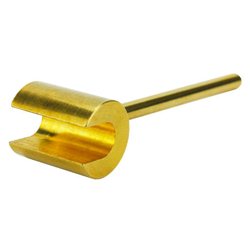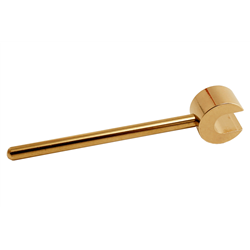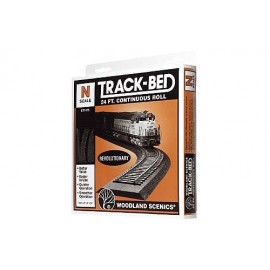Static grass puffer bottles work by manually charging model grass fibres with static electricity. When the charged...
No products
Product successfully added to your shopping cart
There are 0 items in your cart. There is 1 item in your cart.
Search Tips
How can I stop my wagons from derailing on the tight turns of my layout ?
One common issue that model railway enthusiasts often face is wagons derailing on tight turns. This can be frustrating and can interrupt the smooth running of the layout. Fortunately, there are several steps that can be taken to prevent wagons from derailing on tight turns.
Let's explore some of these solutions :
Check the track alignment : the first step is to ensure that the track is properly aligned. Misaligned track sections can cause wagons to derail, especially on tight turns. Use a straightedge or a track alignment tool to check if the track is straight and properly connected. Adjust any misaligned sections to ensure a smooth transition from straight track to the curve.
Increase the curve radius : one of the main reasons for derailments on tight turns is the sharpness of the curve. Consider increasing the curve radius by widening the turn. This will provide a gentler transition for the wagons and reduce the chances of derailment. If possible, replace the tight turn with a larger radius curve.
Check for obstacles : another factor that can cause derailments is the presence of obstacles near the track. Ensure that there are no objects, such as buildings, scenery elements, or other structures, that might obstruct the movement of the wagons on the tight turns. Clear any obstructions or adjust the track layout accordingly.
Improve the track bed : a stable and level track bed is crucial for preventing derailments. Make sure that the track is securely fastened to the baseboard or layout surface and that any track pins are flush with the surface. Use foam or cork underlay to provide a smooth and level surface for the track. This will help to absorb any irregularities in the baseboard and reduce the chances of wagons derailing.
Check the wheelsets : inspect the wheelsets of any wagons for any obvious damage or misalignment. Ensure that the wheels are properly seated in the axle and that there is no excessive play or wobble. Clean the wheels regularly to remove any dirt or debris that might affect their performance.
Add weight to the wagons : light wagons are more prone to derailing, especially on tight turns. Consider adding weight to the wagons to improve their stability. Small lead weights or other similar materials can be used to increase the weight of the wagons. Distribute the weight evenly to maintain balance and prevent tipping.
By following these steps, it should be possible to significantly reduce or eliminate derailments on tight turns in a model railway layout. Remember to take time with any fault finding process and make adjustments as necessary to achieve the best results.
Click here to receive the tips weekly in your mailbox. You can unsubscribe at any time.










